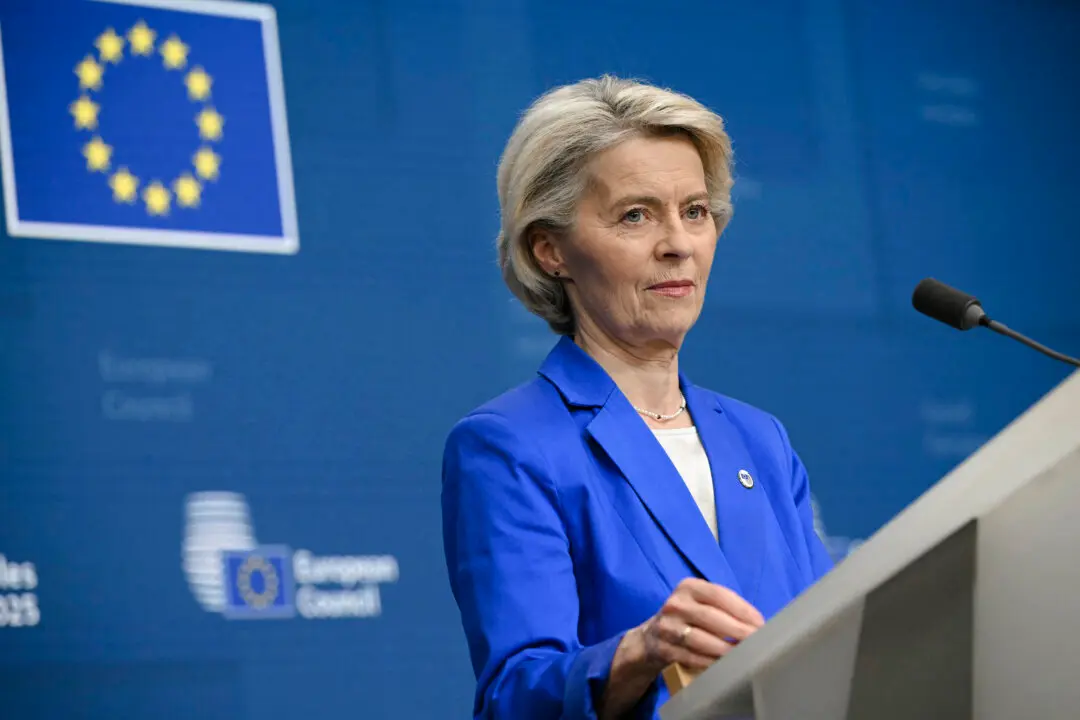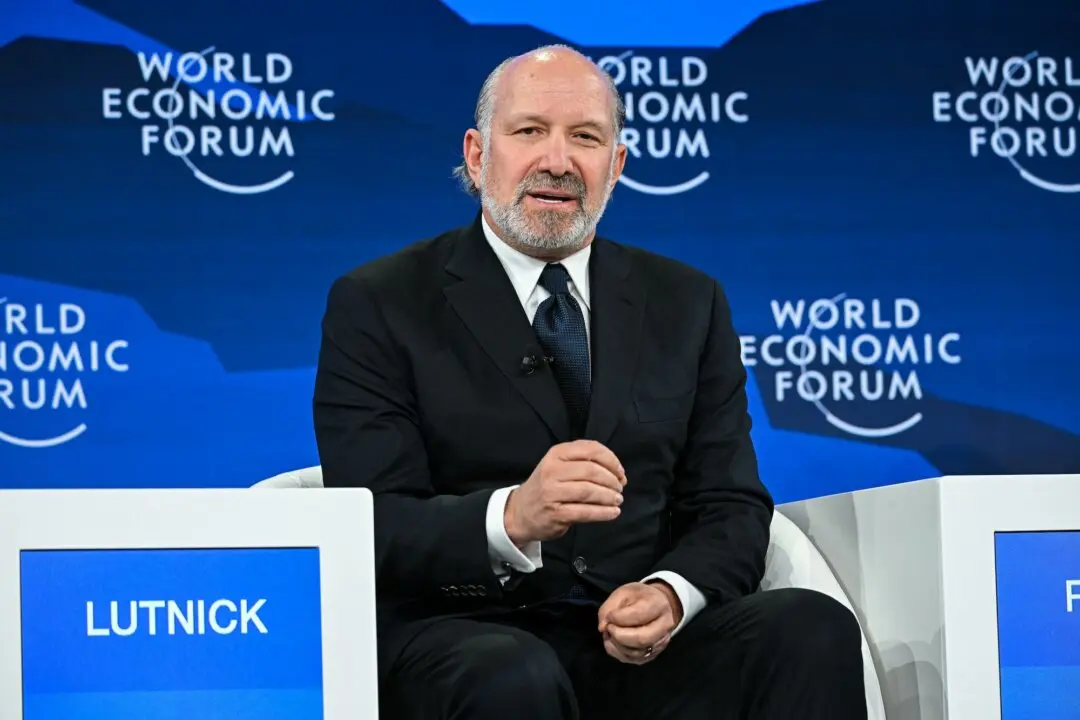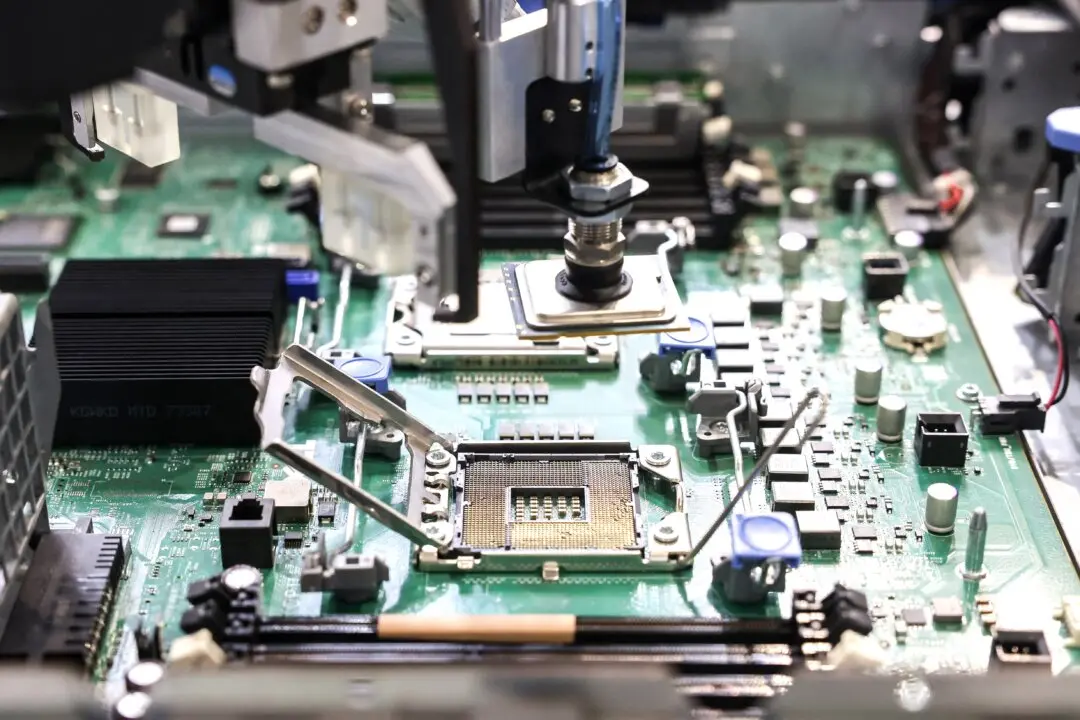Boeing announced on Thursday it is ending its 787 Dreamliner production in Washington state, saying it will be consolidating manufacture of the aircraft at its South Carolina facility in mid-2021.
In a statement, Boeing said production of the 787 would continue at its plant in Everett, Washington, until the facility in North Charleston, South Carolina, can begin manufacturing six airplanes per month.





